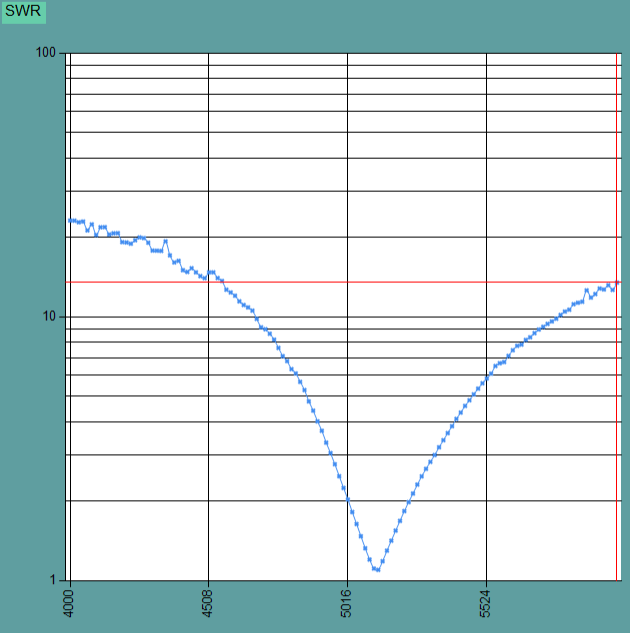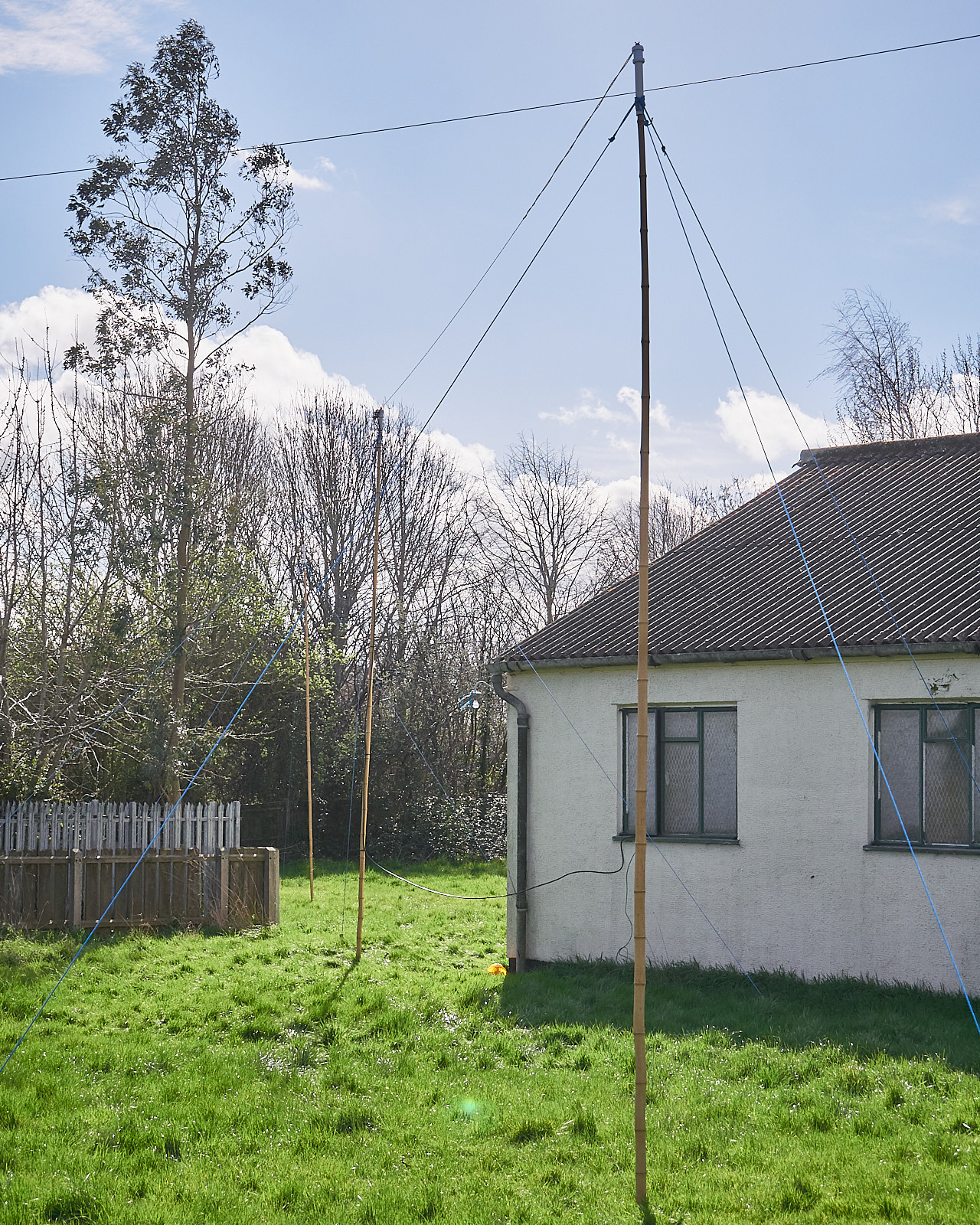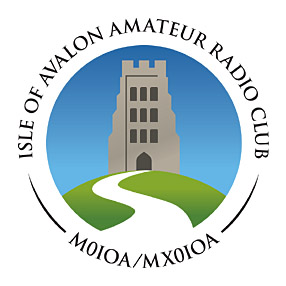What We Learned From Exercise Blue Ham
Between 16-17 March the Club took part in Exercise Blue Ham, which is an annual event in which trainee Service operators obtain on-air experience by contacting amateur stations. The Club station MX0IOA came 9th out of 175 Amateur participants. Exercise Blue Ham kindly let us have a Certificate of Operation
Regulations allow amateurs to operate on the 5MHz (‘60-metre’) military band only if they have a full licence or are under the supervision of such a licence holder. As the exercise was taken on at short notice some timetabling was necessary to meet this requirement.
A club member’s Yaesu FT-450D HF rig was used with a field-expedient antenna developed by G7LEE and G6UVO; the basis is a simple half-wave horizontal dipole made of electric fence rope1 supported by the Club’s three bamboo masts at a height of 5.8m. This is far too low for correct free-space dipole operation, which needs at least a full wavelength (λ=60m) of height above the ground.
Accordingly a groundwire was provided in the hope of producing a near-vertical incidence skywave. This can sometimes work with the dipole as low as 1/20λ; in this case it was about 1/12λ. The groundwire was connected directly to the rig master ground terminal.
The fence rope specs below has nine strands of stainless steel wire woven into the polypropylene. Ferrous materials tend to reduce the skin depth which raises impedance at RF, stainless steel should be OK and the price is right. In the worst case that the fence wire were Stainless steel 17-7 PH the RF resistance at 5MHz would be ~3x the DC value (ie 0.7 ohm/m rather than 0.22)
The dipole elements were tuned by doubling at the ends, which produces a slight capacitance loading effect and makes the dipole slightly shorter. Measurements were taken with an MFJ HF antenna analyzer.

The NVIS antenna design appears to have been reasonably successful as the first contact on upper sideband was with MRE44B near Glasgow, at a range of over 400 miles. The full permitted 100W output of the rig was used to overcome the inefficiency of the antenna.
During the exercise Club operators included G5FM, G6UVO, G7LEE and M3MMZ. A total of 11 Service stations were contacted using SSB, the most distant being MRE44B.
Under G5FM’s supervision there were also periods of operation using the slow but very reliable Olivia MFSK protocol. This resulted in an immediate contact with the USA in very poor conditions in which SSB transmssions would not have been audible to a human at all.
Because of the quiet Sun HF propagation conditions are currently extremely poor and even frequencies as low as 5MHz are less than perfectly reliable. Given this, the shortness of notice and the low budget for equipment development the Club considers this exercise to have been a surprising success and looks forward to participating next time.

NVIS dipole
The RSGB highlights this paper showing the principles
Recently, interest in radio communication via Near Vertical Incidence Skywave (NVIS) propagation has revived, not in the least because of its role in emergency communications in large natural disasters that took place in the last decade [1, 2, 3]. The NVIS propagation mechanism enables communication in a large area without the need of a network infrastructure, satellites or repeaters. This independence of local infrastructure is essential for disaster relief communications, when the infrastructure is destroyed by a large scale natural disaster, or in remote regions where this infrastructure is lacking. In military communications, where independence of local infrastructure is equally important, communications via NVIS propagation have always remained important next to troposcatter and satellite links.
NVIS propagation may be used to cover an area with a 200 km radius using low power and simple antennas […] a modest transmit power of 20 W in a dipole antenna will produce more than 30 dB signal-to-noise ratio (SNR) in a 3 kHz bandwidth, which is sufficient for data transfer speeds of at least 8 kbps, possibly even 16 kbps. This SNR is constant over the entire coverage area and does not decay with increasing distance.

Our antenna was 5.8m above ground, with a ground wire in line with the antenna laid on the ground and a little bit longer than the dipole. This was to act as a reflector. We used a SOTAbeams balun at the dipole centre, internally this is a piece of thin RG174 coax wound around a toroid core.
Electric Fence Rope spec
Agrar Horizont Ranger R6
Length: 200m
Colour: White and yellow
Diameter: 5-6mm
6 x 0.22mm Stainless Steel Conducting Wires
Resistance: 0.22 Ohms/m
Breaking Strain: 350kg
-
KF4BWG in the USA sells ‘horse fence antennas’ which are made from electric fence tape. This became apparent only after the Club had independently arrived at similar conclusions. Tape is about 10% less resistive than rope, but is less strong, has a greater wind cross-section, and is more expensive. ↩

